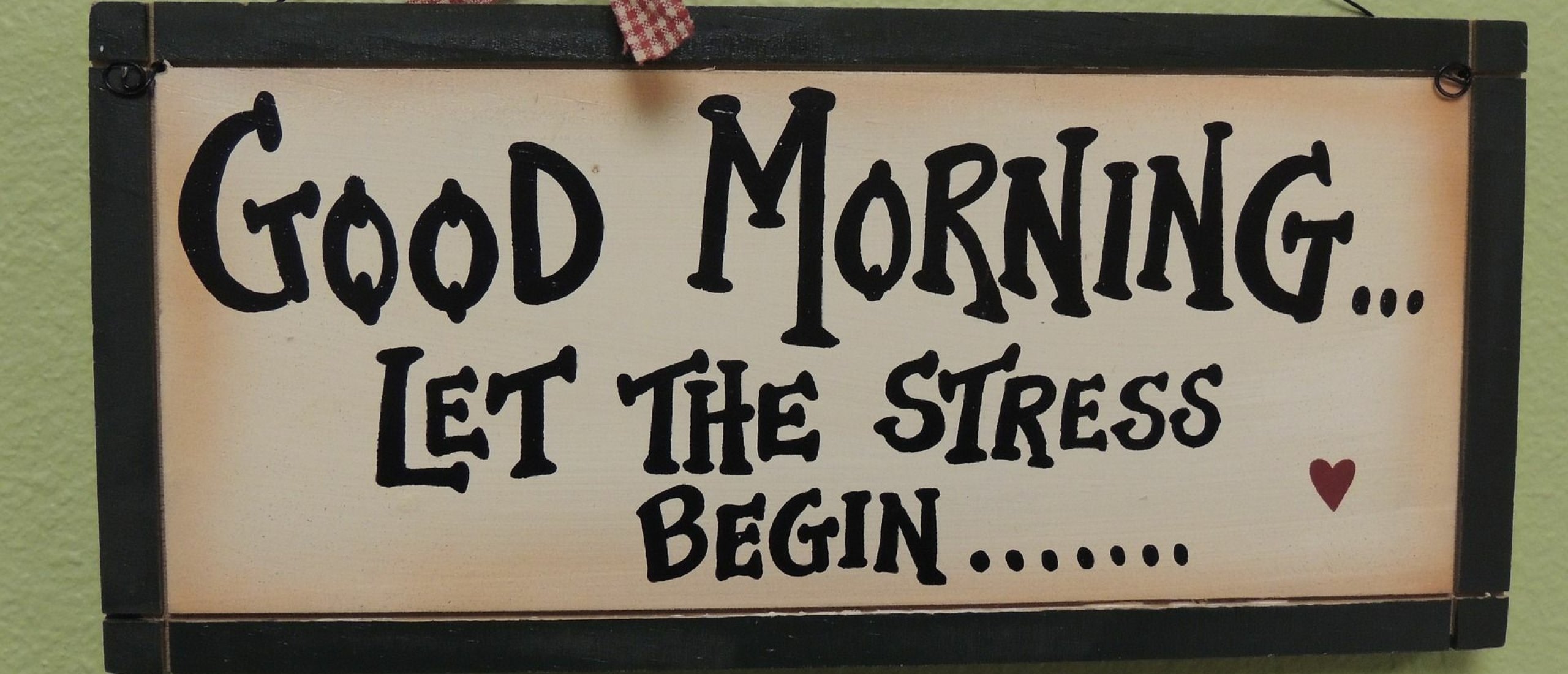
Conflict and Stress at Work: Why Tension Between Colleagues Is So Draining — and How to Defuse It
Conflict at work is inevitable — but when it drags on, it becomes one of the most powerful sources of stress.
Recent Swiss reports confirm what many employees already feel: disagreements, not workload, are now the leading cause of workplace stress.
Disagreement in itself isn’t bad. In fact, constructive debate fuels innovation and teamwork. The problem begins when communication breaks down and emotions take over. Conflict then stops being about ideas and starts threatening identity, fairness, or belonging — and that’s when the brain interprets it as danger.
Why Conflict Feels So Stressful
From a biological perspective, conflict is not just social friction — it’s a neural threat signal.
When someone challenges us, criticizes us publicly, or refuses cooperation, the amygdala (the fear center of the brain) interprets this as potential exclusion. Within seconds, stress hormones such as adrenaline and cortisol rise. The body prepares for defense rather than dialogue.
At the same time, prefrontal control — the part of the brain needed for reasoning — temporarily shuts down. That’s why we say things we regret, misinterpret intentions, or can’t think of solutions during heated moments.
In prolonged conflicts, this physiological reaction repeats day after day, turning a temporary tension into chronic stress.
Takeaway: Your brain treats social conflict like survival threat. Even a short argument can leave lingering physiological stress long after the meeting ends.
Healthy vs. Harmful Conflict
Not every disagreement is damaging. Psychologists distinguish between task conflict and relationship conflict:
- Task conflict revolves around ideas, methods, or priorities.
When handled respectfully, it encourages creativity and problem-solving. - Relationship conflict targets people — motives, personality, or values.
It quickly becomes emotional, personal, and draining.
A debate about “how to do something" can be healthy. A dispute about “who is right" rarely is.
When relationship conflict persists, stress spreads through the team — a phenomenon known as emotional contagion. One person’s irritation subtly increases everyone’s cortisol levels.
What Makes Conflict Escalate
Certain psychological triggers intensify stress reactions:
- Threat to control: Feeling powerless in decision-making.
- Threat to fairness: Perceiving unequal treatment or effort.
- Threat to belonging: Experiencing exclusion or gossip.
- Personality sensitivity: People high in neuroticism react faster to conflict; conscientious individuals may over-invest in fixing it.
If these triggers repeat without resolution, the brain learns to associate colleagues or meetings with stress itself — creating anticipatory tension even before conflict occurs.
Tip: If you catch yourself replaying an argument in your head, your brain is trying to regain control, not solve the issue.
How to Defuse Conflict Before It Drains You
The first step isn’t talking — it’s self-regulation.
When emotions run high, physiology must calm down before reason returns.
Step 1: Pause the reaction
Take a short walk, breathe deeply, or postpone the discussion until you can think clearly.
You’re not avoiding the issue; you’re resetting your brain’s stress response.
Step 2: Clarify intentions
Most conflicts begin with misunderstanding.
Ask, “Could you clarify what you meant?” rather than assuming hostility.
Step 3: Listen and reflect
Paraphrase what you hear (“So you’re concerned about…”) to show understanding.
Validation reduces defensiveness and re-engages the prefrontal cortex on both sides.
Step 4: Focus on solutions, not blame
Once emotions cool, concentrate on shared goals: “We both want this project to succeed. What would help?”
Step 5: Seek mediation when stuck
If tension persists, involve a neutral facilitator or HR professional.
External structure often succeeds where personal reasoning fails.
Mini-checklist: Calm your body → Clarify the issue → Listen → Focus on solutions → Involve structure if needed.
When Conflict Can’t Be Solved
Sometimes reasoning simply doesn’t work. You may face a person whose motives are fixed, whose interests clash fundamentally with yours, or who refuses responsibility.
In such one-sided conflicts, the goal shifts from resolution to containment.
Containment means:
- Keep communication brief, factual, preferably in writing.
- Stop trying to convince; repetition fuels emotion, not logic.
- Bring in a neutral third party (mediator, supervisor, or authority).
- Protect your own energy — end discussions that go in circles.
Example:
A team leader repeatedly tries to discuss workload fairness with a colleague who denies any problem.
Each attempt ends in defensiveness and blame.
Instead of debating further, the leader documents agreements in writing and requests HR mediation.
The conflict remains, but stress drops because the responsibility shifts from personal persuasion to formal process.
This same principle applies outside work as well — for instance, in disputes between neighbors or within families. Some conflicts cannot be fixed; they can only be managed with boundaries.
Preventing Future Conflict Stress
Prevention is easier than repair. Teams that discuss tension early rarely reach the emotional stage.
To reduce future stress:
- Encourage open communication and psychological safety.
- Define clear roles, deadlines, and expectations.
- Address small irritations before they become personal.
- Reward cooperation, not competition.
- Model calm reactions as a leader — stress responses are contagious, but so is composure.
Key idea: Small, honest conversations prevent big, stressful ones later.
From Conflict to Clarity
Conflict at work is unavoidable; suffering from it isn’t.
Understanding the biology and psychology of tension helps you respond consciously instead of react instinctively.
When communication and clarity return, stress circuits deactivate and energy becomes available again for creativity, motivation, and connection.
If you want to understand stress patterns at a deeper level — including conflict, overload, and communication challenges — explore our science-based course Surmounting Stress or get personalized guidance through 1:1 support.











